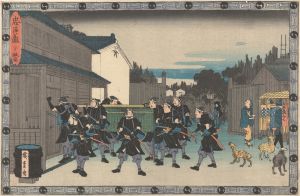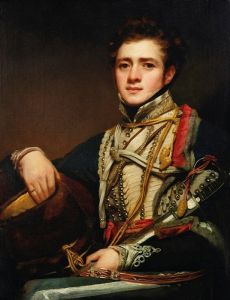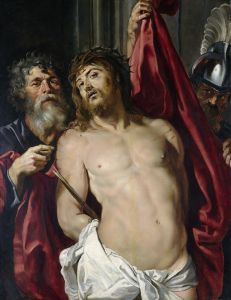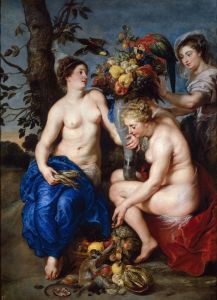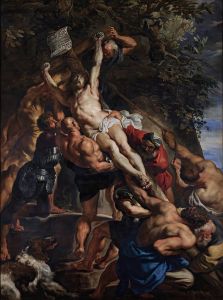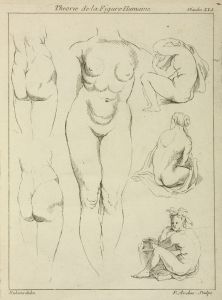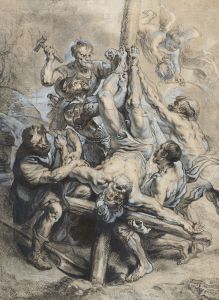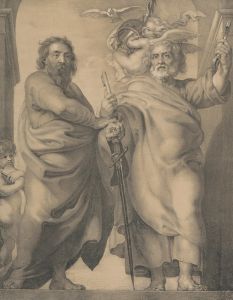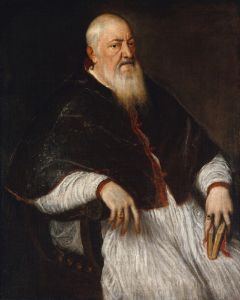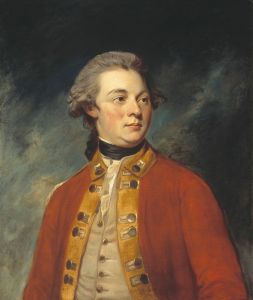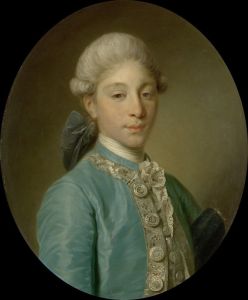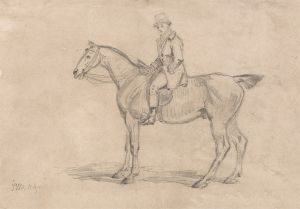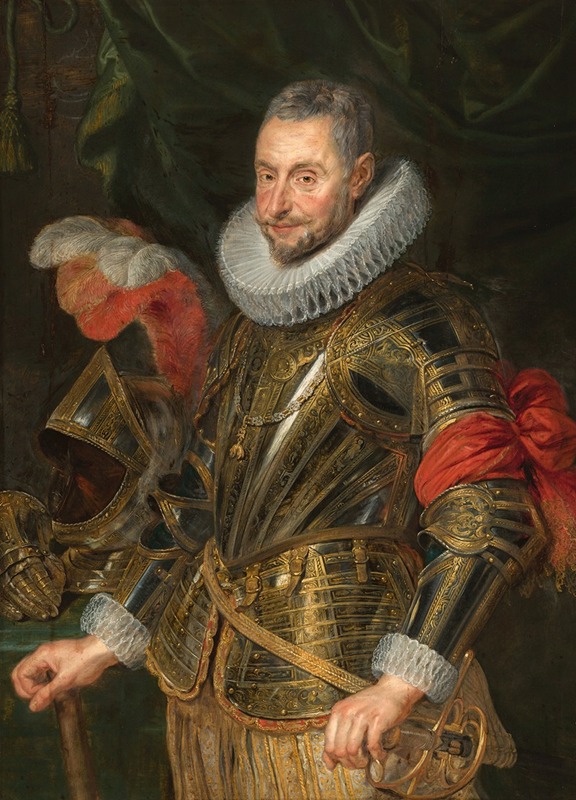
Portrait of Marchese Ambrogio Spinola
A hand-painted replica of Peter Paul Rubens’s masterpiece Portrait of Marchese Ambrogio Spinola, meticulously crafted by professional artists to capture the true essence of the original. Each piece is created with museum-quality canvas and rare mineral pigments, carefully painted by experienced artists with delicate brushstrokes and rich, layered colors to perfectly recreate the texture of the original artwork. Unlike machine-printed reproductions, this hand-painted version brings the painting to life, infused with the artist’s emotions and skill in every stroke. Whether for personal collection or home decoration, it instantly elevates the artistic atmosphere of any space.
Peter Paul Rubens' Portrait of Marchese Ambrogio Spinola is a painting attributed to the renowned Flemish Baroque artist Peter Paul Rubens. The artwork depicts Ambrogio Spinola, an Italian nobleman and military commander who served the Spanish Crown during the late 16th and early 17th centuries. Spinola is best known for his role as a general in the Eighty Years' War, where he achieved significant victories, including the Siege of Breda in 1625.
The portrait is believed to have been created during Rubens' mature period, a time when the artist was highly sought after for his ability to capture the grandeur and personality of his sitters. Rubens was not only a painter but also a diplomat, and his connections with European courts and nobility often brought him into contact with prominent figures of the time, such as Spinola.
In the painting, Spinola is portrayed in a dignified and commanding manner, reflecting his status as a military leader. He is dressed in elaborate armor, which emphasizes his role as a soldier, and his expression conveys a sense of authority and determination. Rubens' mastery of texture and detail is evident in the rendering of the armor, as well as in the subtle play of light and shadow across the figure. The background is typically subdued, ensuring that the focus remains on the subject.
The portrait is significant not only as a work of art but also as a historical document, offering insight into the appearance and character of one of the key figures of the Eighty Years' War. It also exemplifies Rubens' ability to blend realism with idealization, creating images that are both lifelike and imbued with a sense of grandeur.
The current location of the painting is not definitively established, as it is not one of Rubens' most widely discussed works. However, it is known that Rubens created several portraits of notable figures during his career, many of which are now housed in major museums and private collections around the world.
As with many historical artworks, the exact details surrounding the commission and creation of this portrait are not fully documented. However, the painting remains an important example of Rubens' portraiture and his connection to the political and military elite of his time.





